Guide to how artificial intelligence can change the world – Part 3 — from intelligenthq.com by Maria Fonseca and Paula Newton
This is part 3 of a Guide in 4 parts about Artificial Intelligence. The guide covers some of its basic concepts, history and present applications, possible developments in the future, and also its challenges as opportunities.
Excerpt:
Artificial intelligence is considered to be anything that gives machines intelligence which allows them to reason in the way that humans can. Machine learning is an element of artificial intelligence which is when machines are programmed to learn. This is brought about through the development of algorithms that work to find patterns, trends and insights from data that is input into them to help with decision making. Deep learning is in turn an element of machine learning. This is a particularly innovative and advanced area of artificial intelligence which seeks to try and get machines to both learn and think like people.
Also see:
- Guide to How Artificial Intelligence Can Change The World Part 1
- Guide to How Artificial Intelligence Can Change The World Part 2
Also see:
LinkedIn’s 2018 U.S. emerging jobs report — from economicgraph.linkedin.com
Excerpt (emphasis DSC):
Our biggest takeaways from this year’s Emerging Jobs Report:
- Artificial Intelligence (AI) is here to stay. No, this doesn’t mean robots are coming for your job, but we are likely to see continued growth in fields and functions related to AI. This year, six out of the 15 emerging jobs are related in some way to AI, and our research shows that skills related to AI are starting to infiltrate every industry, not just tech. In fact, AI skills are among the fastest-growing skills on LinkedIn, and globally saw a 190% increase from 2015 to 2017.











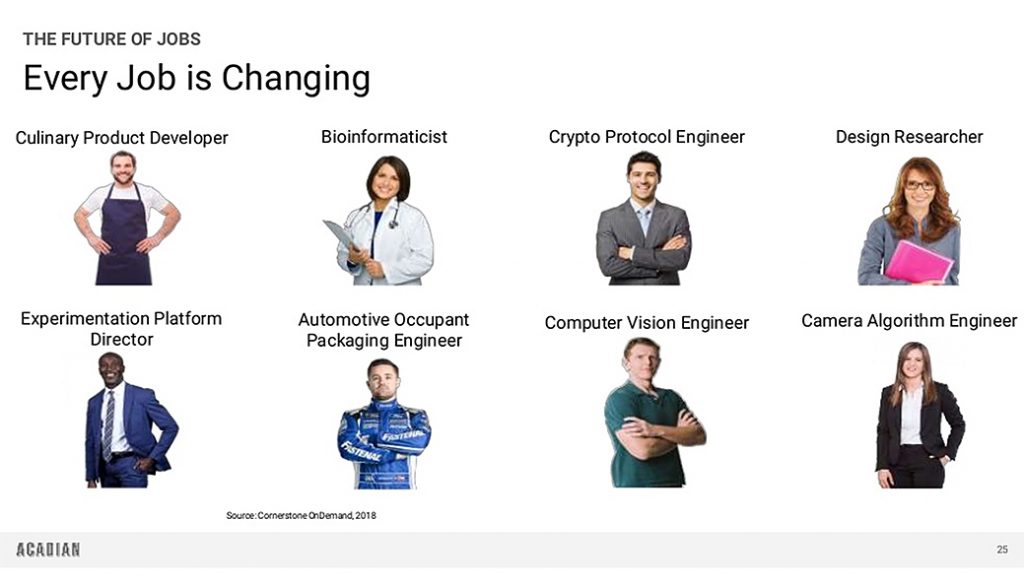

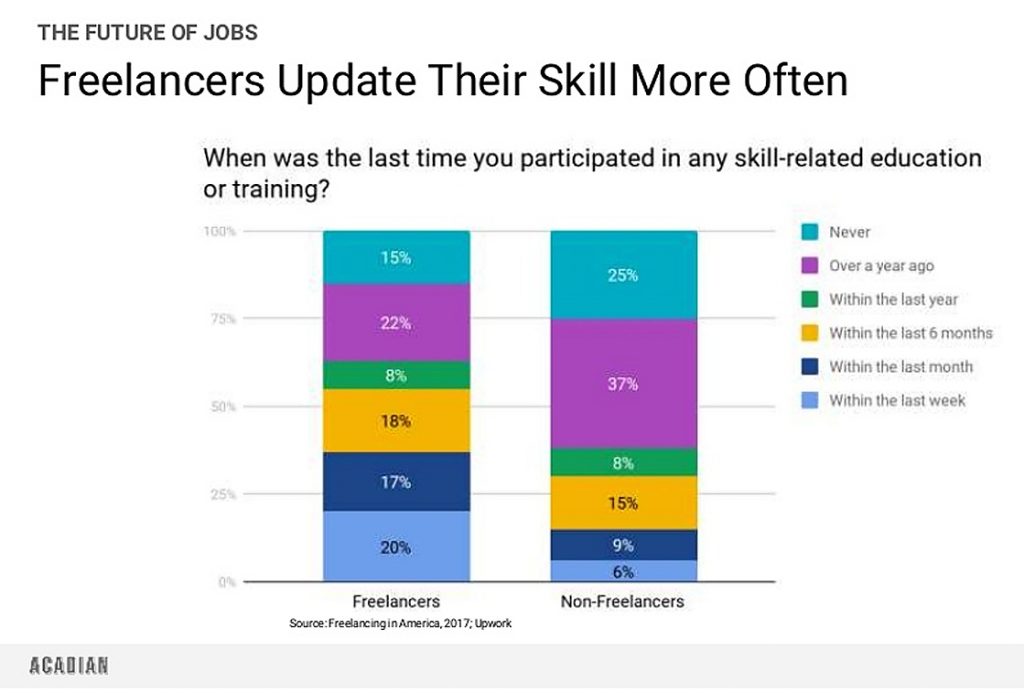
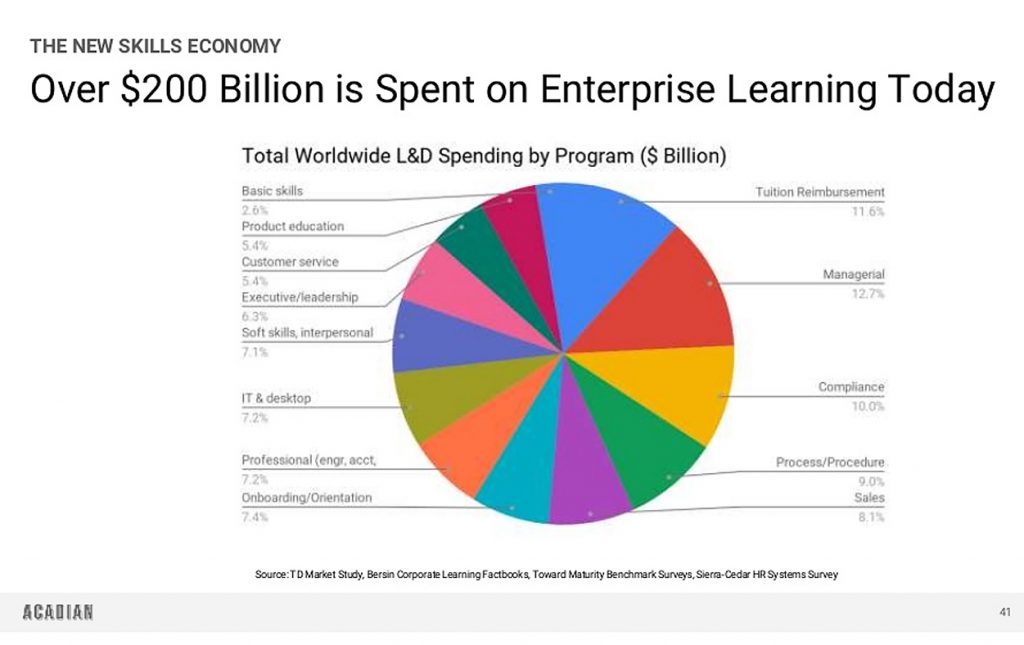
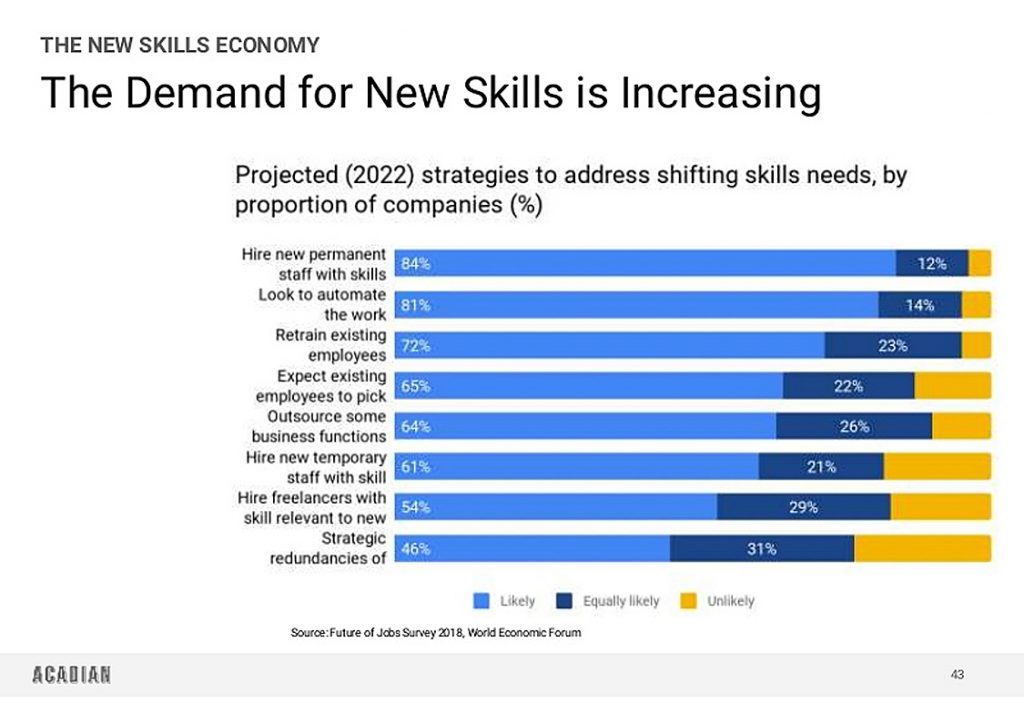
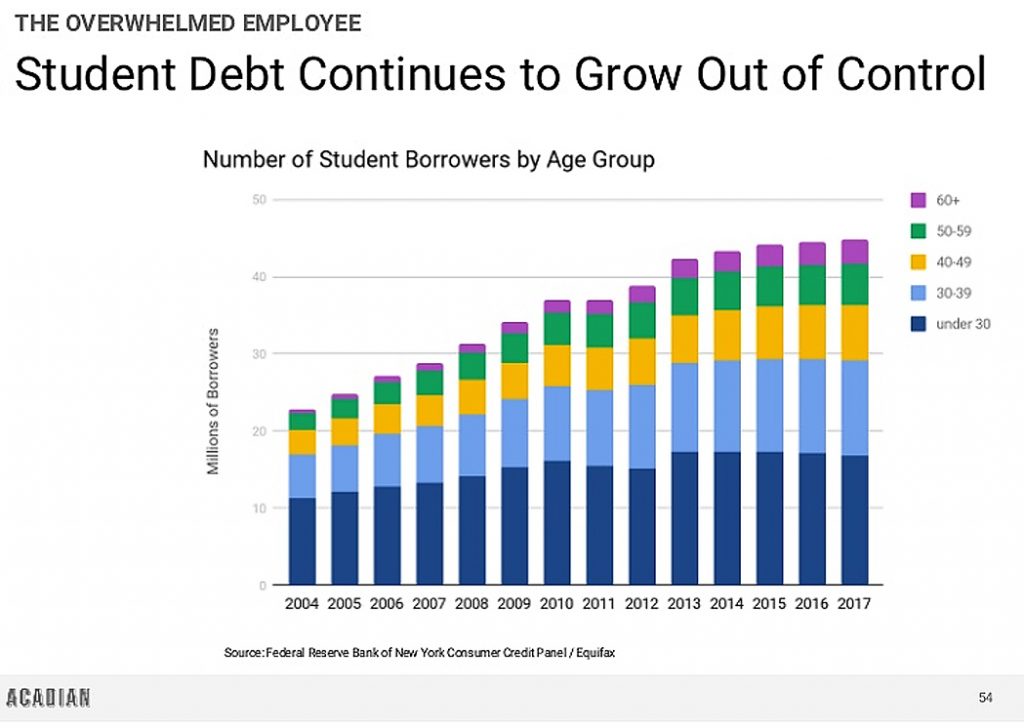


![The Living [Class] Room -- by Daniel Christian -- July 2012 -- a second device used in conjunction with a Smart/Connected TV](http://danielschristian.com/learning-ecosystems/wp-content/uploads/2012/07/The-Living-Class-Room-Daniel-S-Christian-July-2012.jpg)

